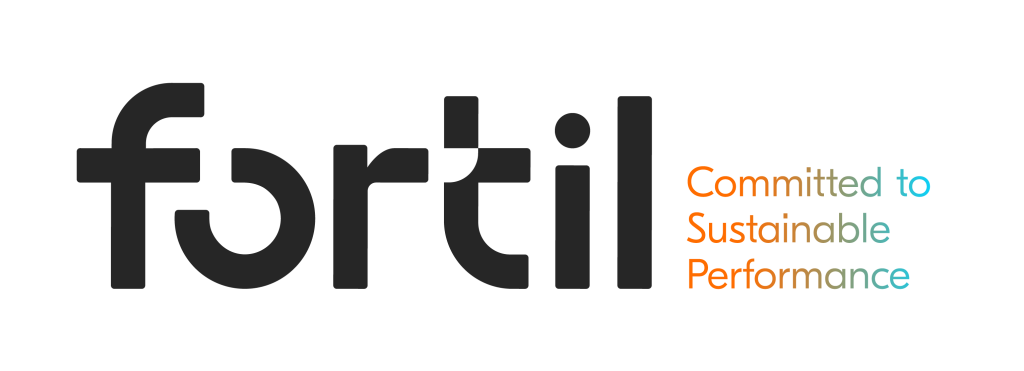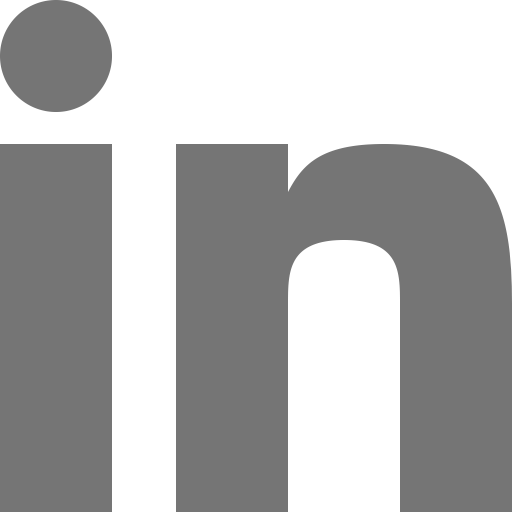Insight, QHSES & Compliance, Technical article
Quality management system for medical devices, the ISO 13 485 standard and the impact of the new RDM 2017/745 regulation
ISO 13485 quality standard, explanations and fields of application
A quality management system applied to medical devices is governed according to ISO 13485. This non-mandatory standard applies to organizations involved in one or more stages of the life cycle of a medical device ranging from design to development and also including production, storage, distribution and post-market surveillance. Companies working on the recycling of these products are also concerned.
ISO 13485 certification, which must be renewed every 3 years, can also be obtained and claimed by suppliers, subcontractors or those carrying out associated activities (technical support for example).
Thus, the manufacturer’s responsibility results in controlling that the entire chain leading to the design, production and marketing of its product is built around a robust and efficient quality management system: it must control all of its activities, those of its suppliers and its subcontractors.
ISO 9001 certification, having a much more general focus on quality management systems, is not required to meet ISO 13485.
La certification ISO 13485, devant être renouvelée tous les 3 ans, peut également être obtenue et revendiquée par les fournisseurs, les sous-traitants ou ceux exerçant une prestation d’activités associées (support technique par exemple).
Ainsi, la responsabilité du fabricant résulte dans le fait de contrôler que l’ensemble de la chaine menant à la conception, la production et à la commercialisation de son produit est construite autour d’un système de management de la qualité robuste et performant : il doit maitriser la totalité de ses activités, celles de ses fournisseurs et de ses sous-traitants.
La certification ISO 9001, ayant un axe beaucoup plus général des systèmes de management de la qualité, n’est pas requise pour répondre à l’ISO 13485.
- Management responsibility and resource management: human, technical, material and financial resources.
- Management of risks associated with the life cycle of medical devices: risks linked to the organization (financial, project, human, etc.) and risks linked to the product (ISO 14971 standard aimed at evaluating the clinical benefit/risk balance of the device ).
- Clinical trials and quality controls of medical devices: the ISO 13485 standard aims to define the requirements to be respected which will be verified through existing processes and procedures but is not intended to give instructions on how the manufacturer must proceed.
- Post-market surveillance: linked to materiovigilance, the manufacturer must define a plan and activities enabling it to collect any new risks and incidents linked to the use of the device. It must also establish and monitor KPIs for these incidents reported from the field in relation to the total devices sold in order to resolve them and define corrective and/or preventive actions and thus improve the medical device.
- Operational quality: the drafting and implementation of the CAPA procedure (corrective action and preventive action), the NC procedure (non-conformity) and the “Change Control” procedure (which occurs when a modification of the device or its production environment is to be expected once placed on the market).
The ISO 13485:2016 standard thus makes it possible to encompass and frame all these applications and to ensure reliability in terms of the quality and safety of the medical device. She also contributes to staff training.
What are the challenges for a manufacturer to become certified? Is the interest purely focused on communication and strengthening the legitimacy of its products?
A manufacturer’s ISO 13485:2016 certification is a guarantee of confidence in the quality of the medical devices it markets.
But beyond this external effect, the impact on the manufacturer’s system is significant. In addition to the automation of processes, the activity evolves in a structured environment which makes it possible to increase the efficiency of production and to control deviations (preventing risks from occurring and also knowing how to better manage them when they arise). realize). Thus, it is a real time saving which generates financial gain.
It is interesting to note that this certification also facilitates obtaining CE marking by meeting part of the requirements of the regulation.
- Standardize and standardize a way of designing, producing and monitoring the medical device once placed on the market
- Guarantee traceability
- Ensuring a proven level of quality and reliability and reliable stability over time
Regulation 2017/745 and the new developments impacting the quality management systems of medical devices
Unlike ISO 13485 which is not mandatory, this European regulation is a legal text; it takes precedence over everything and defines the conditions and requirements to obtain CE marking. Unlike the old directives which were transposed into national law, the current regulations are governed by immediate application.
To summarize this dense regulation, we will only deal with the requirements related to the quality management system presented in article 10.9.
Regulation 2017/745 introduces the notion of continuous improvement of the QMS (quality management system) which will concern all manufacturers, including those in class 1 which was not the case before (in fact, for this class , the QMS is not audited by a notified body, it is the company’s choice to do so or not).
When implementing a QMS, the requirements of the regulation go further and take precedence over the requirements of the ISO 13485 standard.
Here are the main new features applied :
- First of all, this regulation requires compliance with the regulations through the mandatory establishment of a PCVRR (person responsible for ensuring compliance with the regulations). It must also be proven that the person appointed has the necessary skills for this position.
- Implementation of the UDI system (unique device identification / unique identification system for medical devices) to allow better traceability of devices, thus ensuring better safety and post-marketing surveillance as well as better control by notified bodies. This will therefore generate a number to be affixed to all product labels (device identification, batch number, serial number and expiry date) via an agency.
- Recording and communication of data integrated into EUDAMED (new European public database on medical devices). This will encourage the strengthening of market surveillance through faster access to information on manufacturers, their devices and data relating to vigilance. This database will help share information on clinical investigations.
Requirements are also reinforced, in this way they become key elements of the regulations:
- The strengthening of post-marketing surveillance (SAC or PMS) and post-marketing clinical monitoring (SCAC or PMCF). This is a significant point of this new regulation which involves the UDI (Unique Device Identification), which makes it possible to have a reference specific to each device and to have product by product monitoring. In addition, the manufacturer must put in place a procedure that formalizes the proactive and reactive collection of data. In this way, it collects usage data and, if necessary, implements preventive or corrective measures. This procedure must specify the production of safety reports (PSUR) for certain classes of medical devices.
- A clinical evaluation plan and report must be documented: a protocol must be written, the conduct of clinical trials documented and a report must be created.
- A vigilance procedure must be created and must take into account the seriousness of incidents, the implementation of corrective actions and therefore facilitate the communication of information to the competent authorities.
- Improvement of technical documentation, and a new requirement on labeling and the notion of use with a view to traceability.
Thus, this regulation demonstrates a tightening of the regulatory framework to deal with abuses regarding the safety of medical devices.
It is necessary for manufacturers to conduct internal audits on the quality and compliance of procedures following the update of this regulation to ensure compliance with the regulations in force.


